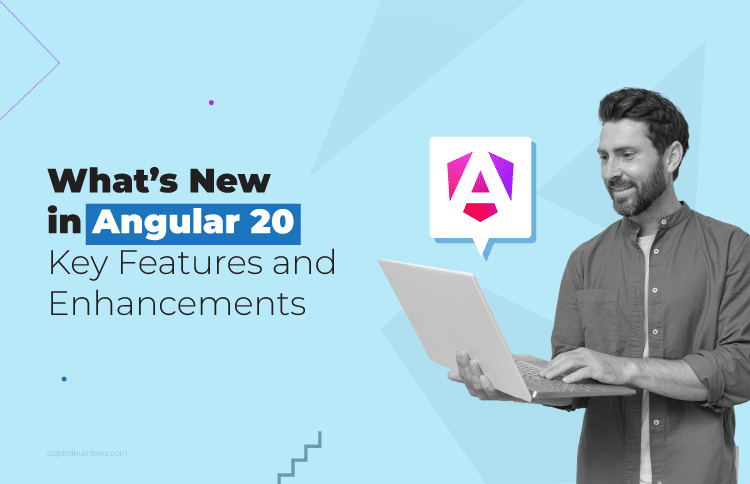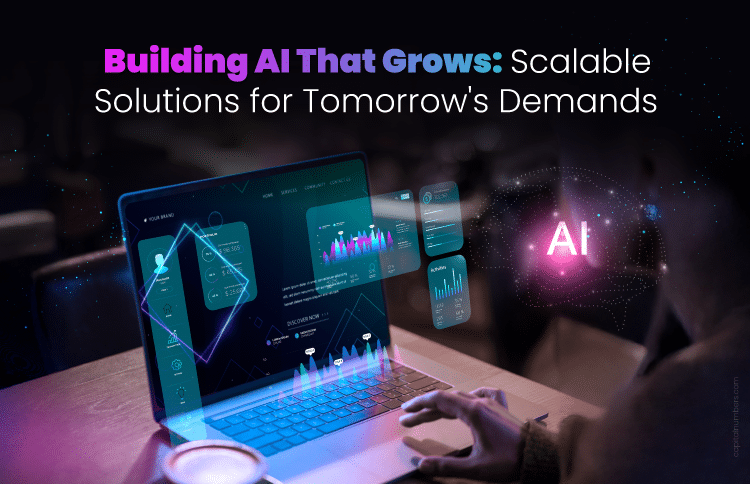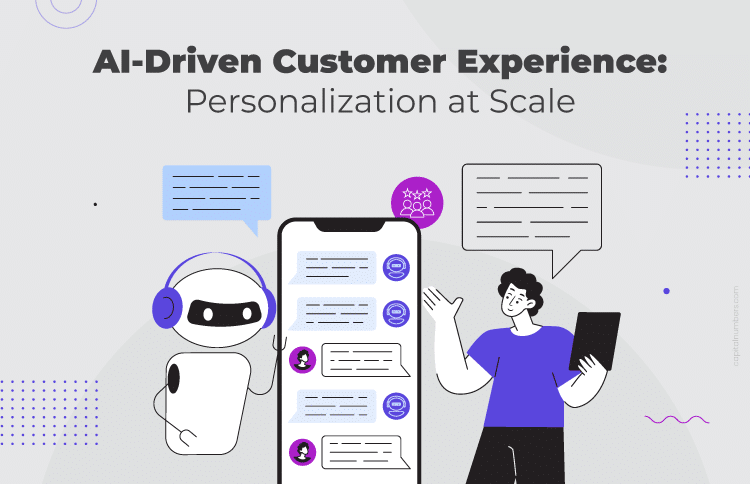Navigating the Complexities of DevOps and Agile: Key Contrasts and Complementary Aspects
Table of Contents
The software landscape is in constant flux. Gone are the days of rigid waterfall methodologies and siloed development teams. Today, agility and collaboration reign supreme, with DevOps and Agile methodologies driving the future of software creation. But navigating these intertwined approaches can be like crossing a complex bridge: fraught with potential detours and pitfalls, yet ultimately revealing a magnificent vista of efficient, high-quality software delivery.
This article unpacks the intricacies of DevOps and Agile, highlighting their key contrasts and the powerful synergies that emerge when they blend seamlessly. We’ll delve into cultural clashes, explore bridges built by automation, and ultimately paint a vision for a future where agility and stability dance hand-in-hand.
Contrasting Cultures
In software development, shifting from siloed teams and fear of failure to a collaborative, learning-oriented culture is crucial for achieving success measured not just by lines of code but by value delivered.
Siloed vs. Collaborative Work Styles
In the siloed world of old, editors, developers, and operations are rarely intertwined, leading to inefficiencies and friction. Think of it as 84% of IT executives reporting communication gaps between dev and ops teams, according to Google/Dora’s The State of DevOps 2023.
Today, Agile and DevOps rewrite the script with cross-functional teams working hand-in-hand. This shift demands shared ownership, open communication, and a willingness to break down traditional barriers for better, faster software delivery.
Fear of Failure vs. Continuous Learning
In the old guard, fear of failure held back innovation. Mistakes were costly errors, not stepping stones.
Today, Agile and DevOps flip the script. They champion an “embrace and learn” attitude, with small, frequent releases paving the way for rapid feedback and course correction. This requires fostering a safe space for experimentation, where lessons learned from “missteps” fuel continuous improvement.
GitLab’s State of DevOps Report 2023 confirms this shift, finding that high-performing teams are 2.6x more likely to view failure as a learning opportunity. Open communication, celebrating successes, and nurturing a “no blame” culture are key to unlocking the power of this innovative approach.
Measuring Efficiency vs. Value Delivery
In the old days, success was measured in lines of code, not happy users. Agile and DevOps shift the focus to customer satisfaction, asking, “Are we delivering value?” This means counting features and tracking user engagement, adoption rates, and business impact.
A 2023 study by McKinsey & Company found that companies with high-performing DevOps practices see 20% higher customer satisfaction. By blending traditional metrics with these “customer-centric” indicators, teams can ensure technical proficiency and real-world value creation.
Bridging the Gap between Dev and Ops
Automation becomes the shared language, bridging the gap between development and operations with streamlined processes and shared ownership, paving the way for a seamless software lifecycle.
Automation as the Common Ground
In the DevOps and Agile world, automation reigns supreme. Think of it as a shared language, with scripts, tools, and CI/CD pipelines acting as interpreters, bridging the gap between development and operations by 79%, according to the same Google-Dora The State of DevOps 2023 report.
This automation orchestra streamlines workflows, reduces handoffs, and eliminates friction. But it’s not a one-click solution. Choosing the right enterprise tools, integrating seamlessly, and fostering a culture of adoption are key.
Remember, automation empowers teams, not replaces them, freeing minds for creative problem-solving and strategic thinking.
Shared Responsibility for the Software Lifecycle
In the old paradigm, developers “built” code and threw it over the wall to operations for deployment and maintenance. Agile and DevOps break down this wall, making everyone responsible for the entire software development lifecycle. Developers become co-owners of infrastructure, while operations teams get involved in the early planning and design stages.
This shared responsibility fosters a sense of accountability and ownership. Developers write code that is maintainable and deployable, while operations teams understand the complexities of the code they manage. The result? Software that is not only built right but also runs smoothly and delivers value for years to come.
Balancing Agility and Stability
Agility reigns supreme today, but it cannot exist in a vacuum. Embracing change while maintaining stability is a delicate dance.
DevOps and Agile provide the tools and practices to waltz gracefully. Robust architectures, well-defined processes, and automated monitoring ensure stability amidst frequent updates.
The key lies in finding the right balance. Prioritizing minimum viable products for rapid feedback can coexist with building for scalability and future iterations.
Complementary Aspects for Holistic Software Development
Scripts, tools, and shared responsibility pave the way for a seamless transition from isolated development and operations to a unified, efficient software lifecycle.
Agile as the Driver, DevOps as the Engine
Agile and DevOps are not rivals but partners in a tango of software excellence. Agile sets the vision and direction, defining what to build and prioritizing value delivery. DevOps provides the tools and practices, enabling rapid, efficient, and reliable software delivery.
Together, they form a powerful synergy, where agility fuels innovation and DevOps fuels speed and stability. Imagine a sleek sports car (Agile) navigating a winding mountain road (market demands) with a powerful engine (DevOps) propelling it forward. The car must be nimble and responsive to react to unexpected turns (changing user needs), yet the engine needs to be reliable and efficient to keep the journey smooth (stable and high-quality software).
Continuous Integration and Delivery (CI/CD) as the Bridge
CI/CD pipelines act as the sturdy bridge connecting development and operations workflows. These automated pipelines integrate newly written code, run tests, and deploy changes seamlessly, reducing friction and minimizing the time for features to reach users.
Think of it like a conveyor belt carrying cars (updates) from the factory (development) to the showroom (production). Each car gets a thorough inspection (testing) before hitting the showroom floor, ensuring only high-quality updates reach users. CI/CD pipelines automate this process, freeing up valuable time for development and operations teams to focus on higher-level tasks.
Measuring Success through Combined Outcomes
Traditionally, success was measured solely through technical metrics like code coverage and bug counts. Agile and DevOps add a new layer: customer-centric metrics that track user engagement, satisfaction, and business impact.
It’s like having a chef (development) focusing on preparing delicious dishes (features) while the restaurant manager (operations) tracks customer feedback and sales. Both sets of metrics are crucial for achieving true success.
A delicious dish (high-quality code) might not return customers if the service is poor (deployment issues or unresponsive support). Likewise, high customer satisfaction numbers could mask underlying technical problems that could hurt the software in the long run.
Case Studies
Let’s see how companies like Netflix and Spotify have successfully navigated the complexities of DevOps and Agile, bridging the gap between development and operations and achieving remarkable results.
Netflix
A pioneer in the streaming world, Netflix leverages DevOps practices to achieve astonishing deployment rates, reaching hundreds per day. This rapid iteration fuels their innovative edge and keeps them ahead of the pack.
Spotify
Spotify utilizes cross-functional teams that combine developers, operations engineers, and product managers, fostering a culture of shared responsibility and collaboration. This approach has enabled them to release new features and bug fixes on a weekly basis, keeping their platform fresh and innovative while maintaining a highly stable and reliable user experience.
Best Practices
Embracing DevOps and Agile methodologies might seem daunting, but several practical tools and strategies can smooth the journey. Here are a few key practices to consider:
- Start small and scale gradually: Don’t try to boil the ocean by implementing everything at once. Begin with small, manageable changes and gradually build upon your successes.
- Invest in training and education: For organizations aiming to enhance team performance and alignment in Agile and DevOps practices, implementing a corporate LMS can be a game changer. It allows structured, scalable training that can keep up with the evolving demands of the industry while offering a centralized hub for all learning resources. Invest in training and education: Equip your team with the knowledge and skills to succeed in an Agile and DevOps environment. Consider attending workshops, webinars, or online courses deployed via a corporate LMS. By using a corporate LMS, organizations can track employee progress and identify areas for improvement, making it easier to tailor ongoing development to team needs. Additionally, this approach supports continuous learning, which is crucial for staying competitive in a fast-changing technological landscape.
- Promote open communication and collaboration: Break down silos and foster a culture of transparency and trust between development and operations teams. Regular communication through stand-up meetings, shared dashboards, and open channels is crucial.
- Automate as much as possible: Leverage automation tools and scripts to streamline routine tasks and reduce manual work. This frees up your team’s time to focus on more strategic initiatives.
- Measure and learn continuously: Track your progress using traditional and Agile/DevOps metrics. Analyze the data regularly and use it to identify areas for improvement.
Conclusion: A Future Fueled by Agility and Stability
The software landscape constantly evolves, and the future belongs to those who can adapt and embrace change. By integrating Agile’s agility with DevOps’s stability and efficiency, we can build software that delights users, meets business needs, and thrives in the face of continuous disruption.
So, let’s shed the fear of the unknown and embrace the exhilarating journey of navigating the complexities of DevOps and Agile. Let’s build bridges of collaboration, automate routine tasks, and foster a culture of continuous learning and improvement.
The future of software development is bright, and together, we can shape it into a masterpiece of agility, stability, and resilience. By embracing the complementary strengths of both DevOps and Agile, we can build software that is not only agile and responsive to change but also robust and reliable enough to withstand the inevitable bumps and twists of the road.














